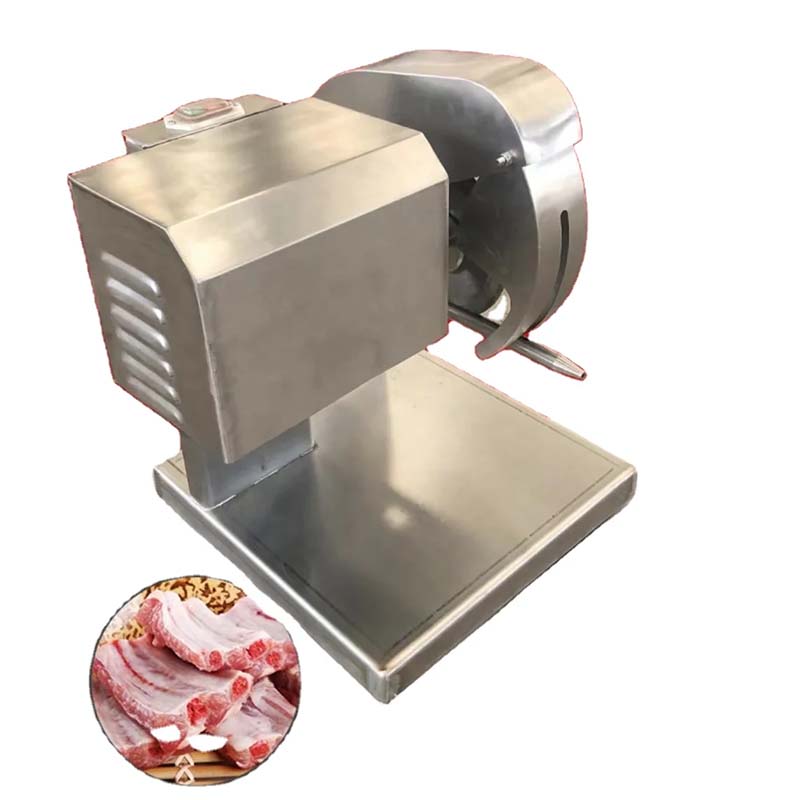Durable and Efficient Fiberglass Exhaust Fans for Enhanced Airflow Solutions
Oct . 02, 2024 13:12 Back to list
Durable and Efficient Fiberglass Exhaust Fans for Enhanced Airflow Solutions
The Rise of Fiberglass Exhaust Fans A Smart Choice for Industrial Ventilation
In today's industrial landscape, maintaining optimal air quality and temperature control is crucial for efficiency, safety, and overall productivity. Among various solutions available, fiberglass exhaust fans have emerged as a preferred choice for many industries. This article explores the benefits of fiberglass exhaust fans, their applications, and why they stand out in the realm of industrial ventilation systems.
What are Fiberglass Exhaust Fans?
Fiberglass exhaust fans are ventilation devices designed to remove stale air, odors, and humidity from industrial spaces. Made from fiberglass, these fans offer numerous advantages over traditional materials like metal. Fiberglass is lightweight, resistant to corrosion, and can withstand harsh environments, making it ideal for a variety of applications.
Key Benefits of Fiberglass Exhaust Fans
1. Corrosion Resistance One of the most significant advantages of fiberglass is its resistance to corrosion. In industries where moisture, chemicals, and corrosive agents are prevalent, fiberglass exhaust fans maintain their integrity and performance over time. This durability translates to lower maintenance costs and less frequent replacements.
2. Lightweight Design Fiberglass is much lighter than metals such as steel or aluminum. This lightweight characteristic simplifies the installation process and reduces labor costs. Additionally, the reduced weight on structural supports can lead to savings in building materials and foundation requirements.
3. Energy Efficiency Many fiberglass exhaust fans are designed with energy efficiency in mind. They often feature advanced motor technologies that consume less power while delivering high performance. As energy costs continue to rise, investing in energy-efficient solutions can lead to significant savings in the long run.
fiberglass exhaust fans

4. Versatility Fiberglass exhaust fans can be utilized in various industries, including agriculture, manufacturing, food processing, and wastewater treatment. They are effective in environments ranging from high-humidity agricultural barns to chemical manufacturing plants, showcasing their versatility.
5. Customizability These fans can be easily customized to meet specific operational requirements. Options such as variable speed controls, different blade designs, and specific sizes allow businesses to tailor their ventilation solutions to suit their unique needs.
6. Low Noise Levels Another advantage of fiberglass exhaust fans is their relatively low operating noise levels. In environments where noise pollution can be a concern, such as workplaces and residential areas nearby, quieter fans can help maintain a more pleasant atmosphere.
Applications of Fiberglass Exhaust Fans
The versatility of fiberglass exhaust fans enables them to be used in a multitude of applications. In agriculture, they help regulate air temperature and humidity in animal housing, while in manufacturing, they ensure the removal of harmful fumes and particles from production areas. They are also widely used in food processing facilities, where maintaining a clean and odor-free environment is paramount.
Conclusion
As industries strive to improve efficiency, safety, and environmental impact, fiberglass exhaust fans offer a robust solution for effective ventilation. Their lightweight, durable, and corrosion-resistant design not only enhances operational efficiency but also supports a healthier work environment. With energy efficiency and customizability as key features, fiberglass exhaust fans are more than just a choice; they are a strategic investment in the future of industrial ventilation. Companies looking to optimize their air quality management should strongly consider integrating these advanced solutions into their operational framework.
-
Automatic Feeding Line System-Pan Feeder Nipple Drinker|Anping County Yize Metal Products Co., Ltd.
NewsJul.29,2025
-
Hot Sale 24 & 18 Door Rabbit Cages - Premium Breeding Solutions
NewsJul.25,2025
-
Automatic Feeding Line System Pan Feeder Nipple Drinker - Anping County Yize Metal Products Co., Ltd.
NewsJul.21,2025
-
Automatic Feeding Line System Pan Feeder Nipple Drinker - Anping County Yize Metal Products Co., Ltd.
NewsJul.21,2025
-
Automatic Feeding Line System - Anping Yize | Precision & Nipple
NewsJul.21,2025
-
Automatic Feeding Line System - Anping Yize | Precision & Nipple
NewsJul.21,2025






